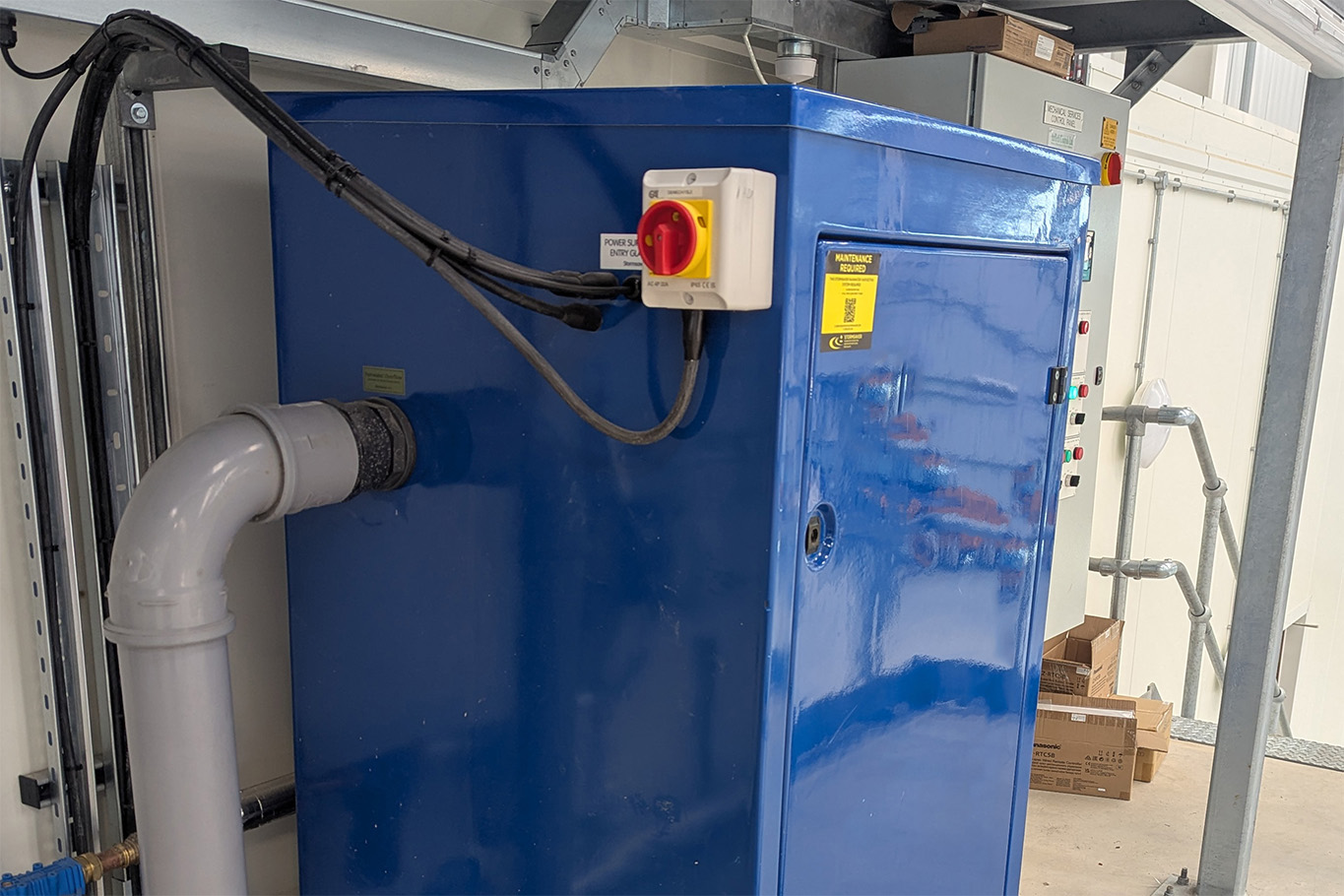

Pressure on our freshwater system and environment is increasing, with more media attention on watercourses and protected areas like chalk streams. Population growth, economic development, and extreme weather are straining water resources, especially in the South East of England. This research project explored whether rainwater harvesting in commercial properties could reduce non-household water demand, abstraction, and treatment. We focused on the impact of large-scale implementation across local and regional areas.